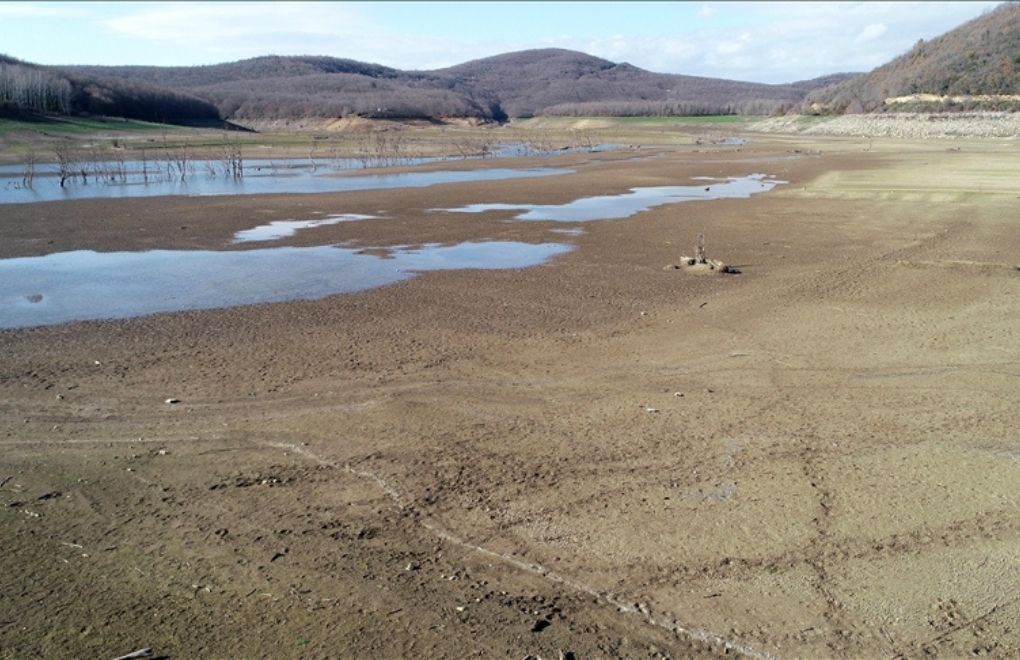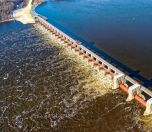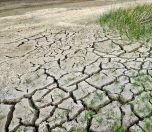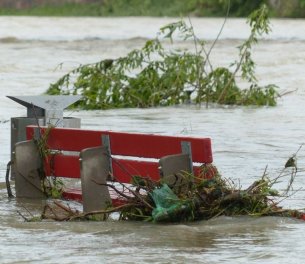* Photo: Anadolu Agency (AA)
Click to read the article in Turkish
Providing İstanbul, the most populous city of Turkey, with water, the Pabuçdere and Kazandere dams are almost out of water due to drought.
As the autumn was mostly without precipitation, the fill rates of dams kept decreasing over the past three months.
According to the data of the İstanbul Water and Sewerage Administration (İSKİ), the fill rate of 10 dams, which hit 80.82 percent in April, started to gradually fall after May. While the total volume of water that can be held by the dams and ponds providing İstanbul with water is 868 million 68 cubic meters, the current amount of water is 358 million 35 thousand cubic meters.
Water shortage in the most important dams
As reported by the state-run Anadolu Agency (AA), the highest decrease in the fill rates have been observed in the Pabuçdere and Kazandere dams in Kırklareli in Thrace. While the fill rate of the Kazandere Dam has dropped from 76.1 percent in April to 4.91 percent in December, that of the Pabuçdere has dropped from 76.22 to 2.74 percent in the same period.
While the capacity of the Pabuçdere Dam is 58 million 5 thousand cubic meters, that of the Kazandere is 17 million 42 thousand cubic meters. But, now, there is water only at their deepest spots.
Running out of water, both dams now have sand and cracks. In some parts of Kazandere, there is wild grass.
As of today (December 9), there is 1 million 600 thousand cubic meters of water in Pabuçdere and 860 thousand cubic meters in Kazandere.
Current situation in dams
While the fill rate of the Elmalı, another dam providing İstanbul with water, is currently 50.94 percent, the fill rate of Terkos stands at 40.83 percent, that of Darlık at 33.82 percent, Büyükçekmece Dam at 40.24 percent, Ömerli Dam at 68.73 percent, Sazlıdere at 20.86 percent, Alibey at 18.94 percent and the fill rate of Istrancalar Dam stands at 27.67 percent.
Drought is not the only reason
Stemming from the extreme weather events triggered by the climate crisis, drought is not the single factor affecting Turkey's dams.
In İstanbul, citizens' need for water is supposed to be met from the city's own water basins; however, these basins have been zoned for construction, which has led the city and its over 15 million dwellers to be dependent on the water sources of neighboring cities. For instance, while the Canal İstanbul 'mega project' foresees the destruction of some dams providing the city with water, the New City Reserve Area project has paved the way for the zoning of some drainage basins for construction.
Besides, forest ecosystems are important elements of the water cycle. However, İstanbulites face aggravating water problems as a result of the damage and concretization of these forest ecosystems with the launch and construction of bridges, canals, roads and mine projects.
Drought in Turkey
Contrary to popular belief, Turkey is not rich in water; on the contrary, it is a country "having water shortage" with 519 m3 water per capita. Moreover, it is projected that its population will hit 100 million people in 2030 and the water per capita will decline to 120 m3. These projections indicate that Turkey might be a "water poor country" in the near future.
In January 2021, the NASA Earth Observatory shared two maps showing the groundwater wetness percentile and root zone wetness percentile, warning that the groundwater storage had dropped below in Turkey.
According to the World Wide Fund for Nature (WWF) Turkey, the following cities in Turkey are on the global list of cities facing water risk: Bursa, Mersin, Konya, Adana and Antalya.
"In the last 50 years, half of the wetlands in Turkey have lost their sound structure in terms of quantity and quality of water.
"In other words, a westland area three times the size of Lake Van has lost its ecological function. The risk concerns not only our surface waters, but the condition of our ground waters is also alarming. The loss of our forestlands is another factor paving the way for drought." (TP/SD)











